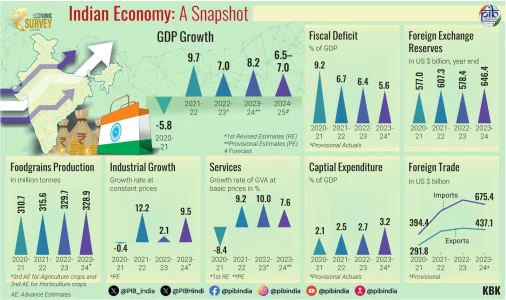- Joined
- Jul 4, 2024
- Messages
- 45
- Likes
- 221
I made it from RBI dataany good source on how it is calculated and what it indicates?
Net State Value Added (NSVA):
- This measure subtracts depreciation from the gross value added.
- It represents the true addition to the economy after accounting for the consumption of fixed capital.
- NSVA = GSVA - Depreciation (Consumption of Fixed Capital)

















